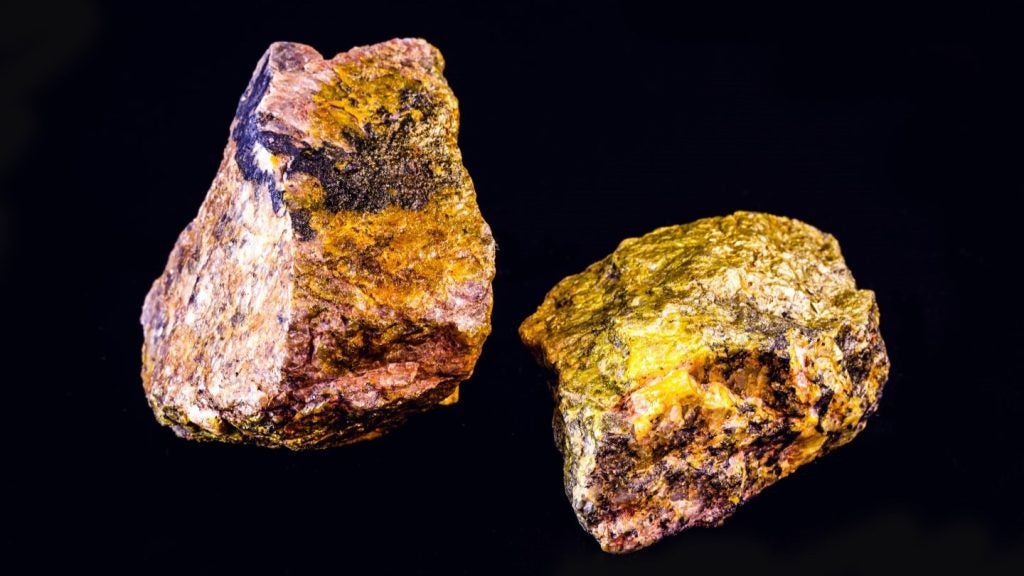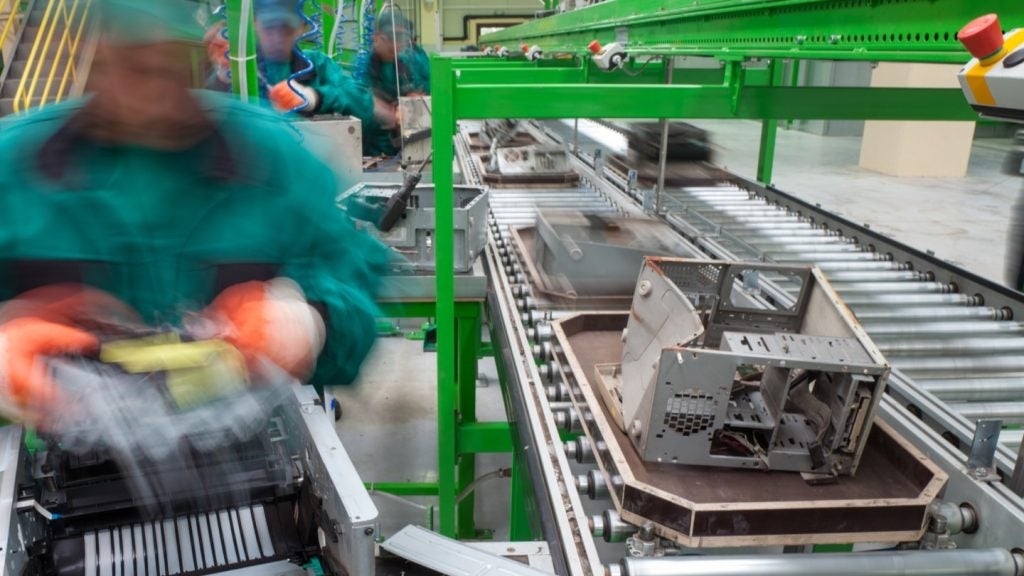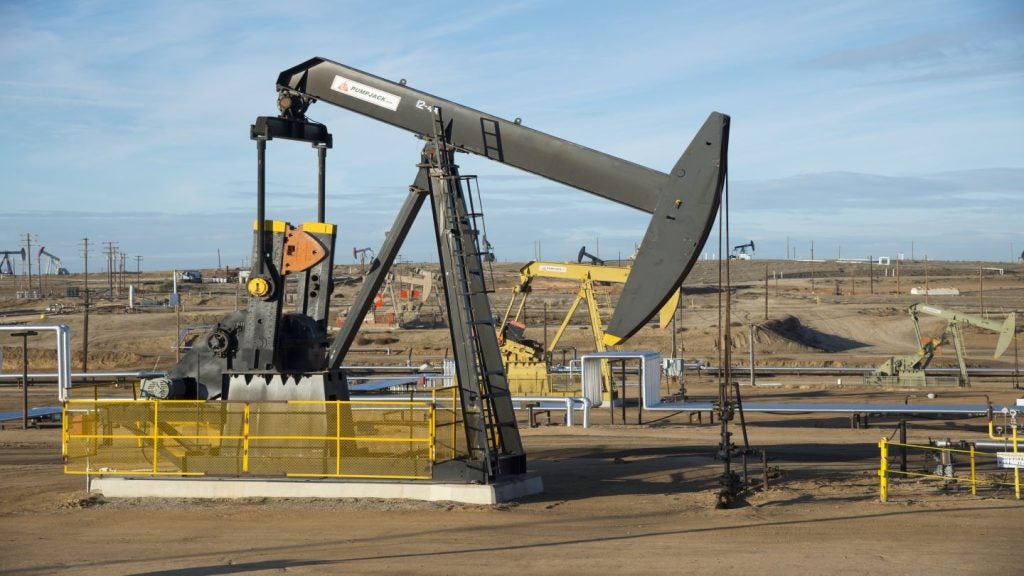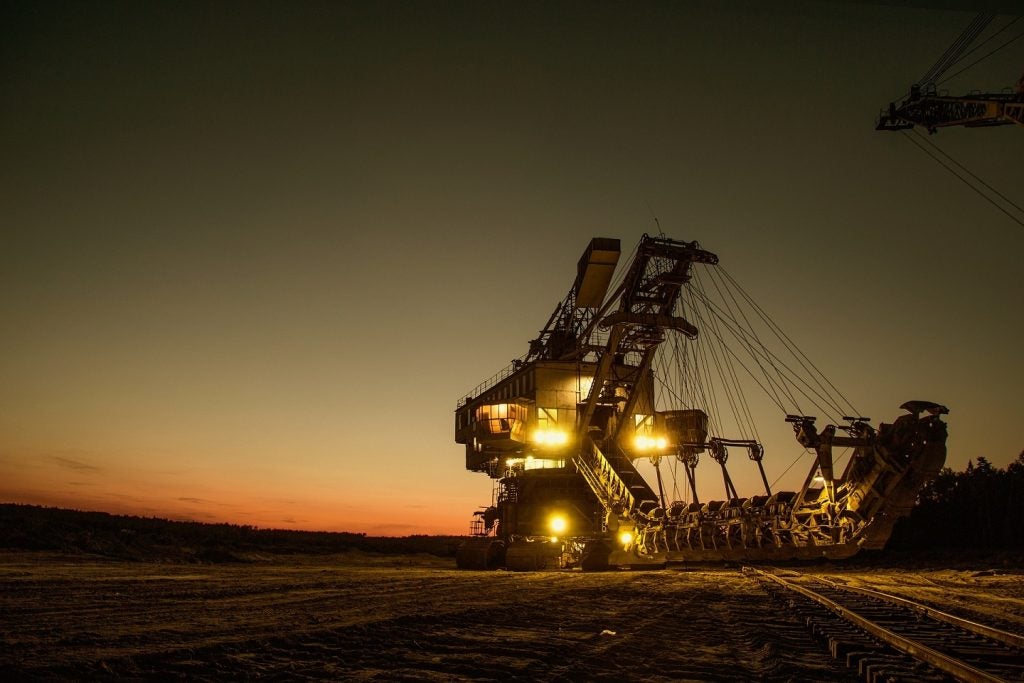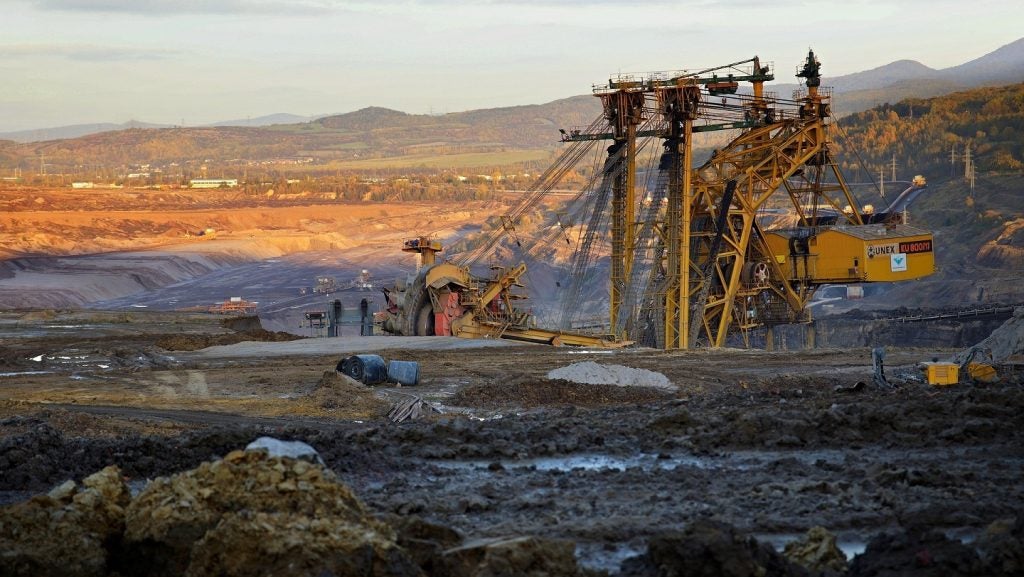The mining industry continues to be a hotbed of patent innovation. Activity is driven by the need to enhance safety, improve productivity and control costs, and the growing importance of technologies such as automation, 3D mapping and geomodelling, robotics and the Internet of Things (IoT). Artificial intelligence (AI) is extremely prominent in mining, with companies desperate to find new methods to improve productivity and minimize costs, while also finding new sources of minerals. AI is already playing a big role; however, its influence will only grow in the years to come. AI enables mining companies to use autonomous machinery and data to improve efficiency and productivity and reduce downtime. These tools can reduce operational costs for mining companies. Autonomous machinery can also reduce the requirement for on-site workers, thereby removing them from potential hazards and improving safety. AI can help companies better understand the environment and terrain where exploitation is to begin. In the last three years alone, there have been over 3,000 patents filed and granted in the mining industry, according to GlobalData’s report on Artificial intelligence in mining: tunnel path modeling. Buy the report here.
According to GlobalData’s Technology Foresights, which uses over 81,000 patents to analyze innovation intensity for the mining industry, there are 45+ innovation areas that will shape the future of the industry.
Tunnel path modeling is a key innovation area in artificial intelligence
Tunnel path modeling is the process of creating detailed and accurate representations of the planned or existing tunnel routes within a mining operation. These models are typically developed using various technologies, such as computer-aided design (CAD), geographic information systems (GIS), or specialized tunnel design software. Tunnel path modeling plays a crucial role in the planning, design, construction, and maintenance of tunnels in mining for several factors such as visualization, optimization, safety, environmental considerations, geological analysis, structural integrity, cost estimation, project management, and maintenance.
GlobalData’s analysis also uncovers the companies at the forefront of each innovation area and assesses the potential reach and impact of their patenting activity across different applications and geographies. According to GlobalData, there are 40+ companies, spanning technology vendors, established mining companies, and up-and-coming start-ups engaged in the development and application of tunnel path modeling.
Key players in tunnel path modeling – a disruptive innovation in the mining industry
‘Application diversity’ measures the number of applications identified for each patent. It broadly splits companies into either ‘niche’ or ‘diversified’ innovators.
‘Geographic reach’ refers to the number of countries each patent is registered in. It reflects the breadth of geographic application intended, ranging from ‘global’ to ‘local’.
[datawrapper id=HHjZY title='Patent volumes related to tunnel path modeling' type='lgp1']JFE and Sandvik are among the leading patent filers in tunnel path modeling. Sandvik’s iSURE®8 software, also known as Intelligent Sandvik Underground Rock Excavation software, is a computer program used for tunneling and mining drill and blast processes control. It generates detailed data in order to optimize the drilling and blasting cycle.
In terms of application diversity, POSCO leads the pack, while Toyota Motor and JP Steel Plantech stood in the second and third positions, respectively. By means of geographic reach, Toyota Motor held the top positions, followed by Zhengzhou Coal Mining Machinery Group and Jeffery Steel.
To further understand the key themes and technologies disrupting the mining industry, access GlobalData’s latest thematic research report on Artificial Intelligence (AI) in Mining.




